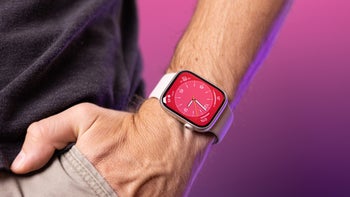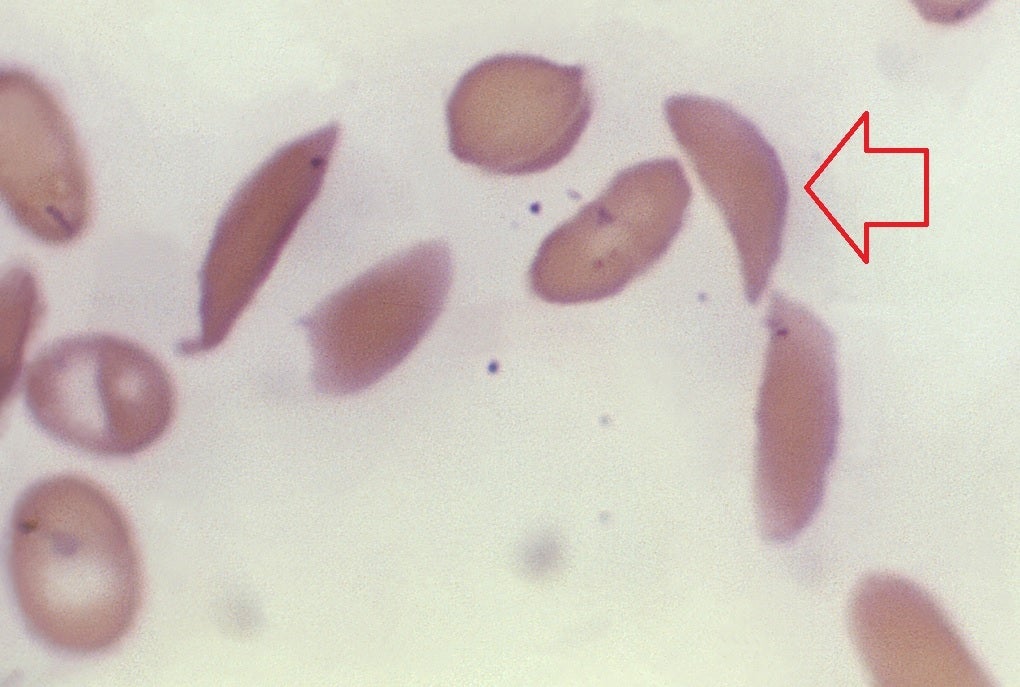Study shows Apple Watch can predict pain levels of hospitalized patients with Sickle Cell disease

As a chronic pain patient for 20 years, I know firsthand how hard it is to get doctors to understand how much pain you are in. Luckily (or unluckily), MRIs show the issues I have and I was able to find an outstanding and caring pain doctor. It would be easier if there were a tool to measure the amount of pain a person is in. While that is not possible, per MyHealthyApple, the Apple Watch is being used in a study that is being conducted to predict the pain levels of one of the most painful diseases, Sickle Cell disease (SCD).
With this disease, a person's red blood cells have an unusual shape. Instead of being round, they are shaped like a sickle which makes it difficult for the blood to flow through the body. As a result, those with SCD are at risk of suffering from chronic anemia, stroke, and vaso-occlusive crisis (VOCs). The latter requires hospitalization and causes severe pain.
The Apple Watch is used in a study to predict pain levels for some Sickle Cell disease patients
Researchers at Duke University conducted a survey of patients who were 18 years old and up when admitted to the Duke University SCD Day Hospital. There are two objectives the researchers had; they wanted to see if the Apple Watch could predict the pain scores in hospital patients admitted to the hospital with Sickle Cell disease. They also want to create and study machine learning algorithms for the Apple Watch designed to predict the pain scores of VOCs

Real life image from the CDC showing sickle cell disease
The study used the Apple Watch Series 3 model and ran between July and September 2021. It used three different machine learning models (multinomial logistic regression, gradient boosting, and random forest) and the random forest had the best result as it predicted pain scores with an accuracy level of 84.5%. The researchers explained how the study was run: "Data collected from the Apple Watch included heart rate, heart rate variability (calculated), and calories. Pain scores and vital signs were collected from the electronic medical record."
The study could help doctors improve how they treat patients with Sickle Cell disease
The average study participant wore the Apple Watch for 2 hours and 17 minutes allowing the researchers to collect 15,683 data points. The report's conclusion states "The strong performance of the model in all metrics validates feasibility and the ability to use data collected from a noninvasive device, the Apple Watch, to predict the pain scores during VOCs. It is a novel and feasible approach and presents a low-cost method that could benefit clinicians and individuals with sickle cell disease in the treatment of VOCs."
Some physicians believe that the best way to prevent pain levels from rising is to administer pain medication before the pain gets out of hand. If continued testing shows that the Apple Watch can predict pain levels in SCD patients with VOCs, the doctors might feel comfortable giving the patient enough pain medication based on the pain level that he or she is predicted to experience based on data from the Apple Watch.
The Apple Watch is the company's main health-related tool and the long-awaited non-invasive glucose test for the timepiece is inching closer to becoming a reality. You might remember that last month Bloomberg's Mark Gurman said that Apple's testing of this technology reached 'major milestones.' This could be a pain and money-saving feature since it would replace the current process used by diabetics to obtain their glucose level before each meal.
To determine how much insulin they need to inject before eating, a diabetic takes a small needle known as a lancet to draw drops of blood which are collected on a disposable test strip and placed in a pocket-sized machine known as a glucometer. Not only are these test strips expensive (and can be used only once) but for some it is painful to extract the drops of blood required for each test.













Things that are NOT allowed: